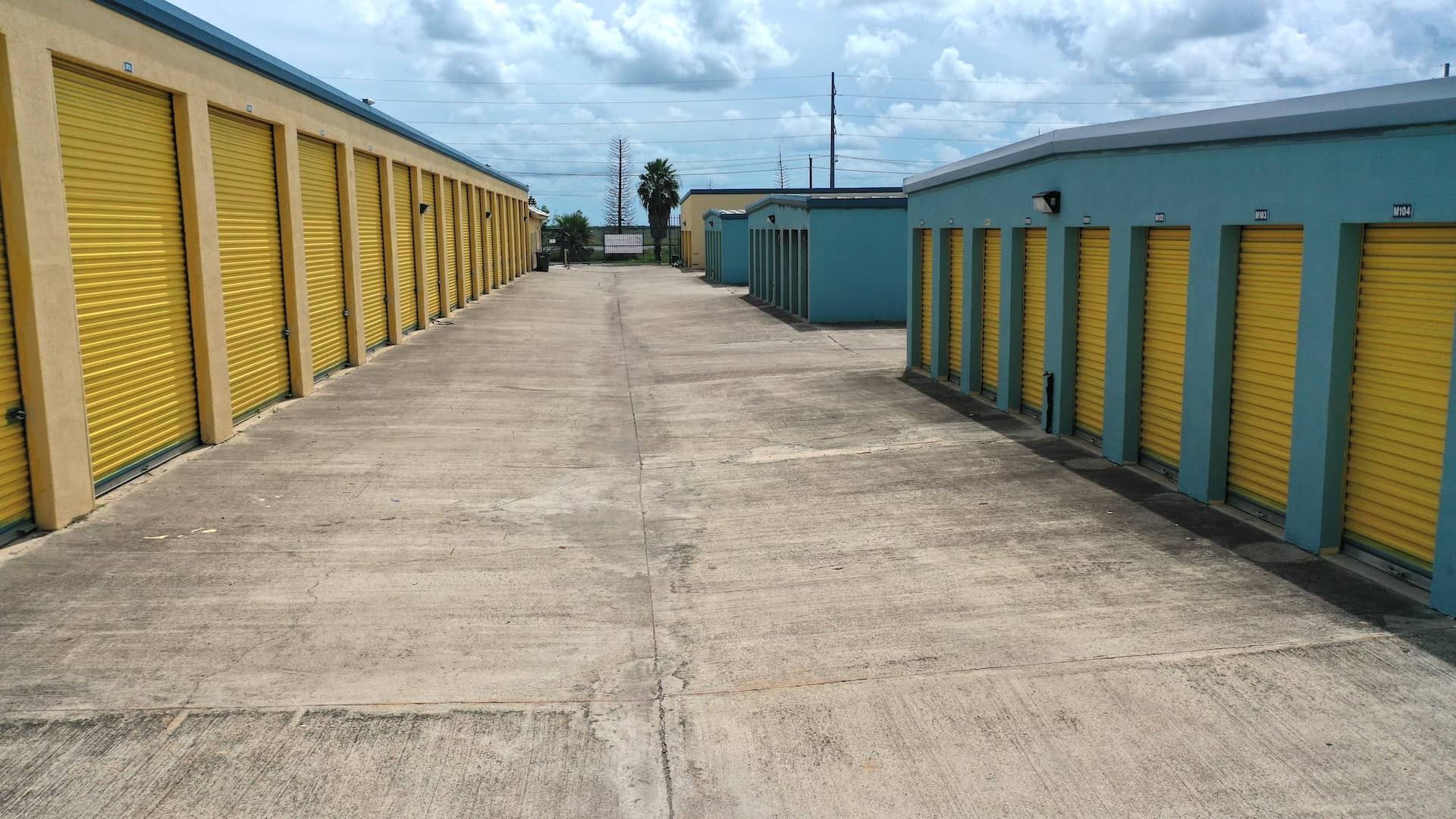Conservative underwriting is an essential aspect of commercial real estate development. It refers to the process of evaluating the risks associated with a real estate investment and determining the financial feasibility of the project. As a developer, it is essential to understand the importance of conservative underwriting and the role it plays in the success of a project. In this paper, we will discuss the importance of conservative underwriting in commercial real estate development and the role of a developer in the process.
Importance of Conservative Underwriting:
Conservative underwriting is crucial for a successful commercial real estate development project. It helps investors and developers to evaluate the risks associated with a project, including market conditions, cash flows, and financing options. Conservative underwriting also helps to identify potential risks that may affect the financial feasibility of the project, such as unexpected construction delays, changes in market conditions, or tenant vacancies.
By conducting conservative underwriting, developers can determine whether a project is financially feasible and can make informed decisions on whether to proceed with the development or not. It helps to avoid making poor investment decisions that can lead to financial losses or even failure of the project.
Role of a Developer in Conservative Underwriting:
As a developer, you play a critical role in conservative underwriting. Your role involves conducting a thorough analysis of the project and identifying the risks associated with it. You should be able to assess the financial feasibility of the project and make informed decisions on whether to proceed with the development or not.
The following are some of the key responsibilities of a developer in conservative underwriting:
- Conduct a Market Analysis:
As a developer, you need to conduct a market analysis to determine the demand and supply for the project. You should analyze the local market conditions, including demographic trends, employment rates, and local economic indicators. This information will help you to determine the market value of the project and its potential revenue streams. - Evaluate Cash Flows:
A developer should evaluate the project’s cash flows to determine its financial feasibility. This involves analyzing the projected income and expenses associated with the project, including construction costs, operating expenses, and potential rental income. By analyzing the cash flows, you can determine the profitability of the project and its ability to generate sufficient returns to cover the investment. - Assess Financing Options:
Developers should also assess the financing options available for the project. This involves analyzing the potential sources of funding, such as loans, equity financing, or government grants. By assessing the financing options, you can determine the best financing strategy for the project and its impact on the financial feasibility of the project. - Identify Risks:
Developers should identify potential risks that may affect the project’s financial feasibility. This includes analyzing the market risks, such as changes in market conditions or economic indicators, construction risks, such as unexpected delays or cost overruns, and tenant risks, such as tenant vacancies or lease terminations. By identifying potential risks, you can develop contingency plans to mitigate them and ensure the project’s success.
Conservative underwriting is essential for commercial real estate development. As a developer, you play a crucial role in the process by conducting a thorough analysis of the project and identifying the risks associated with it. You should be able to evaluate the financial feasibility of the project and make informed decisions on whether to proceed with the development or not. By conducting conservative underwriting, you can mitigate potential risks and ensure the success of the project.


